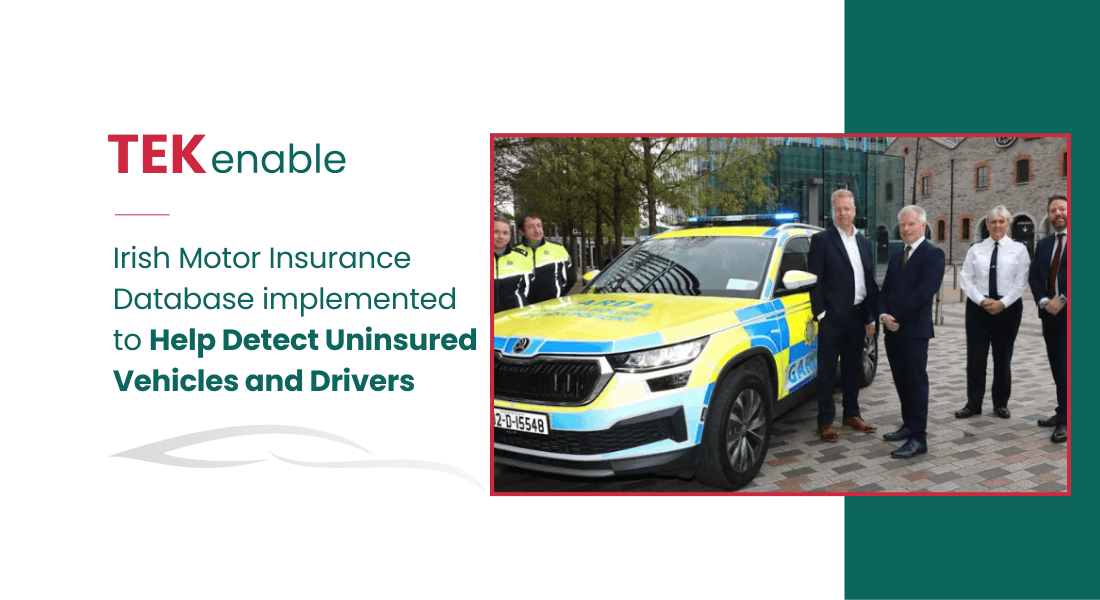Artificial intelligence has many practical applications in healthcare – not to replace doctors, but to aid in reading scans, to make sense of complex document sets, and more.
Of all the fields held up as having the potential to be transformed by artificial intelligence (AI), one of the most interesting is healthcare. Inherently complex and requiring both information and expert judgement, it is a humanistic activity, but one that can clearly be helped by input from machines.
The most common AI application today is imaging, said Peter Rose, group chief technology officer at software developer TEKenable.
Technology is nothing new in the area. Indeed, as medical imaging has progressed beyond X-rays to ultrasounds, computerised tomography (CT), magnetic resonance imaging (MRI) and positron emission tomography (PET) scans, films read on lightboxes have given way to detailed high-resolution digital imaging.
AI has a role in assisting clinicians to make sense of what they see, Rose said.
“A radiologist trains for years to be able to accurately read X-rays, CT, MRI and PET scans but are then expected to read scan after scan in quick succession. This gives rise to two issues: firstly, one of repetitive work, which by its very nature can lead to attention drift and a loss of accuracy,” he said.
Additionally, however, AI can also assist directly in making sense of the images.
“The second issue is that in the case of, say, breast cancer, many images are marginal, and a real judgement call as to whether cancer is present or not. AI can help by reviewing the images alongside the clinician, prompting them to take another look at any scan that the AI feels warrants a review.”
It is important to note that no-one is proposing replacing doctors with algorithms. Instead, its role is to assist and augment professional judgement. Instead, the AI acts as an assistant.
TEKenable has a long history in healthcare, including working for the HSE on a number of projects, as well as in detection of cancer in near-real time during surgery, clinical pathway recommendation, and a project in ICU.
At the moment the company is part of a consortium seeking funding from the Irish government and the EU to create a national system to centralise all the health-related data from hospitals and community settings in Ireland.
The idea, Rose said, is to hold data in a common data model that can accommodate everything from imaging to real-time data feeds and then create an analytics and AI stack over this to enable national and local analysis, and planning and interrogation using AI for clinicians, researchers and other authorised parties.
Keeping Things Moving
AI has a significant use in another area of healthcare. One that is perhaps less dramatic, but no less important for that: patient management.
“AI can assist the patient in preparing them for surgical procedures pre-operatively and supporting them post-operatively by providing accurate and timely information to the patient that is personalised to them and their specific needs,” Rose said.
AI can also keep people from needing to access acute hospital settings by helping them to stay well and monitoring them in the community, he said.
“Health monitoring at home can avoid unnecessary clinic visits for patients with long-term manageable conditions such as COPD, diabetes and mild dementia by acting as a benign oversight checking activity levels, medication, vital signs and alerting the clinical team early if an intervention is needed. This reduces clinic time and improves the patient’s experience and health.”
Of course, AI itself is not new. What is relatively new, however, is generative AI. This is the area of AI that has captured the public’s attention in recent years, so it is natural to ask if this is a technology that we will see in healthcare.
It is, Rose said, but not in the form of chatbot doctors. More practical, he said, would be aiding doctors through conversational interaction. However, this requires preparation in the form of digitising health records.
“The information that the LLM would be consuming must exist in electronic form, ideally be structured and must be of high quality. At present, far too many health records are kept on paper and are, for all practical applications, inaccessible,” he said.
Work is underway to digitise records, but more needs to be done.
“Even doctors cannot review a whole patient file; some [files] are just enormous, and rely on a key points summary page written at the start of the file for their review. It is not good enough, not by a long way,” he said.
The investment that is most required is in organisational and process change, not hard technology itself. The technology, Rose said, is the easy part and it would very rapidly pay for itself.
“The cost of the technology is repaid many times over in terms of increased quality of care, efficiency and hence cost savings and enhanced patient outcomes and therefore regarding it as a cost is not the correct view. It is an investment in the health service and in the health of the population of Ireland,” he said.
The above text was reproduced from interview published in Business Post on November 10th, 2023.





